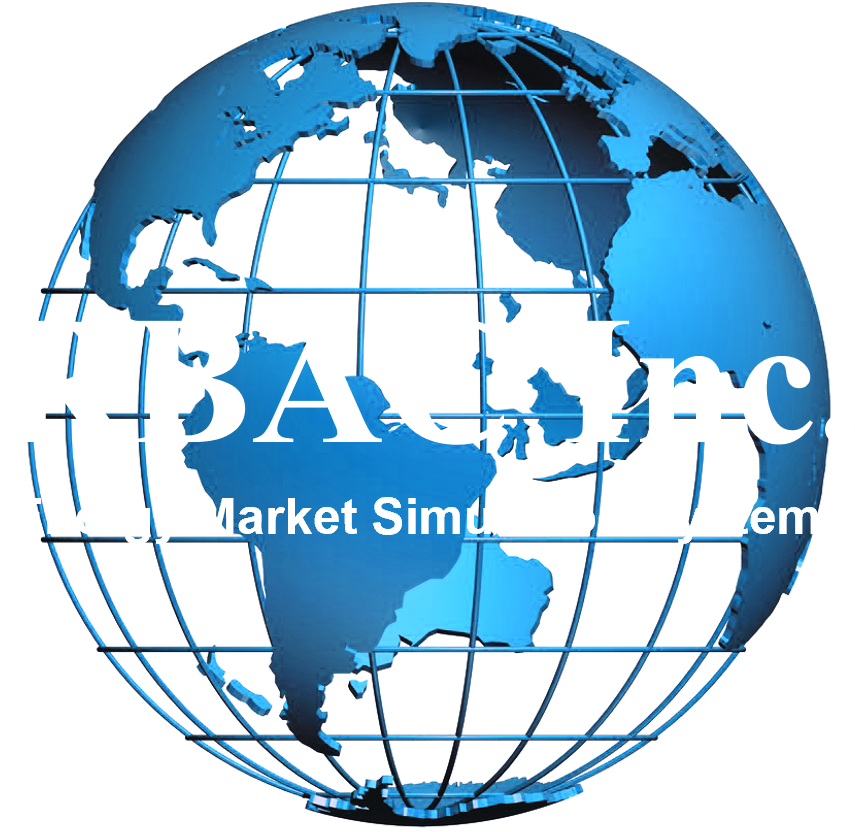RBAC’s CEO and Founder, Dr. Robert Brooks once again had an insightful conversation with Armando Cavanha covering what has taken place in the global gas market in the first quarter of 2025. It was an incredible discussion that covered all facets of the market and the interplay between key regions such as North America, Europe, and Asia.
Key Topics:
- U.S. – China LNG Trade and Tariff Disruption
- China’s Energy Pragmatism
- LNG Export Approvals and Market Timing
- Strategic Chokepoints and Logistics Scenarios
- U.S. Supply Resilience and Domestic Demand Growth
- Europe’s Sticky Gas Demand
- Hydrogen: Promise with Practical Limits
- LNG Capacity Expansion and Price Outlook
- Emerging Demand Centers: Africa and South Asia
- Energy Transition: Idealism Meets Reality
Listen to the full discussion below:
Have any questions about the content covered or interest in a demonstration of our market simulation tools? Contact us today by clicking here.
If you would like to hear about future events RBAC is apart of or hosts, join our mailing list to keep up with all things RBAC, natural gas, and LNG!
Don’t have time to watch the full video? Check out our detailed breakdown below.
Global Natural Gas & LNG Market: In-Depth Summary
U.S.–China LNG Trade and Tariff Disruption
- U.S. LNG exports to China were on track to reach ~12.5% of U.S. total exports by 2028, but tariffs halted this trajectory.
- China’s imports from the U.S. were expected to reach 15% of their LNG intake; this growth has now stopped.
- However, the cargoes are not wasted—they are rerouted primarily to Europe, demonstrating LNG’s flexibility in global trade.
- The impact on U.S. production is minimal given the sheer scale of its output; LNG exports to China were only a tiny fraction of total U.S. production.
China’s Energy Pragmatism
- China produces over 60% of the gas it consumes and continues investing in import terminals and pipeline deals (e.g., Power of Siberia from Russia).
- Chinese energy policy prioritizes availability and cost over climate rhetoric. LNG is a component of a broader, diversified supply portfolio that includes coal and nuclear.
LNG Export Approvals and Market Timing
- The U.S. government’s “pause” on new LNG project approvals (under Biden) unintentionally benefited developers by preventing oversupply and giving them time to mature project proposals.
- Market participants did not view this as a true ban but rather a beneficial breather to avoid flooding the market in the late 2020s.
Strategic Chokepoints and Logistics Scenarios
- Simulations modeled the closure of the Panama Canal, Suez Canal, and Strait of Hormuz:
- Panama and Suez disruptions increase costs but do not halt trade.
- Closure of Hormuz would significantly affect supply, particularly from Qatar, though the threat remains low.
- LNG trade routes remain adaptable but sensitive to conflict and geography.
U.S. Supply Resilience and Domestic Demand Growth
- U.S. production remains strong, aided by abundant shale and associated gas from oil extraction—often leading to near-zero or negative prices in West Texas.
- Domestic demand is being reinforced by the expansion of AI-driven data centers and industrial applications, especially in areas where renewable capacity is lagging.
Europe’s Sticky Gas Demand
- Europe’s consumption has not declined as much as transition forecasts assumed.
- Demand rebounded after initial conservation efforts post-Ukraine crisis; a rapid phaseout of gas is unlikely without radical infrastructure change.
- Public tolerance for persistently high energy costs is eroding, challenging the EU’s aggressive net-zero goals.
Hydrogen: Promise with Practical Limits
- Green hydrogen remains economically non-competitive without heavy subsidies and carbon pricing.
- The industry lacks a customer base willing to buy hydrogen at viable prices, despite European aspirations.
- Many hydrogen projects are being shelved as feasibility concerns mount.
LNG Capacity Expansion and Price Outlook
- A surge in LNG capacity is expected by 2030, likely leading to short-term price softness.
- Beyond that, constrained new supply growth combined with steady demand could result in a price uptrend post-2032.
- No new LNG export projects reached final investment decision (FID) in 2025, indicating caution from developers.
Emerging Demand Centers: Africa and South Asia
- Africa, while rich in resources, remains hampered by political instability and poor investment environments.
- South Asia—especially India and Vietnam—is becoming a hotspot for future gas demand, driven by industrial growth and a shift from coal.
- African demographic growth will make it a long-term energy consumption force if infrastructure and governance improve.
Energy Transition: Idealism Meets Reality
- Net-zero 2050 goals appear increasingly implausible under current economic and technical constraints.
- Declining political will and public fatigue in developed economies are pushing decarbonization timelines further out.
- The full system costs of renewables—including storage and grid expansion—are undermining claims of their low cost.
Final Thoughts from the Panel:
- Natural gas is not going away, it is becoming a bridge fuel for a longer period than initially expected.
- There is significant regional diversity in how gas is consumed, valued, and integrated.
- Scenario modeling tools are essential in evaluating future market paths, especially under geopolitical uncertainty.
- Policy volatility (e.g., tariffs, bans, subsidies) significantly affects investment timing and market confidence.
- The global LNG market is resilient, adaptive, and increasingly essential to meeting both industrial and transitional energy needs.
RBAC is the market-leading supplier of global and regional gas and LNG market simulation systems used by the energy industry and related government agencies for over two decades. The GPCM® Market Simulator for North American Gas and LNG™ is the most widely used natural gas market simulation system in North America. RBAC’s G2M2® Market Simulator for Global Gas and LNG™ has been instrumental in understanding evolving global gas and LNG market dynamics and is vital to fully grasp and leverage the interrelationship between the North American and global gas markets.


